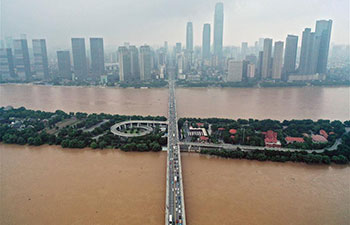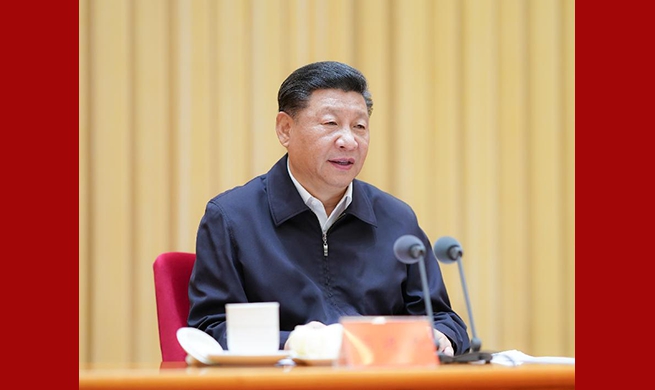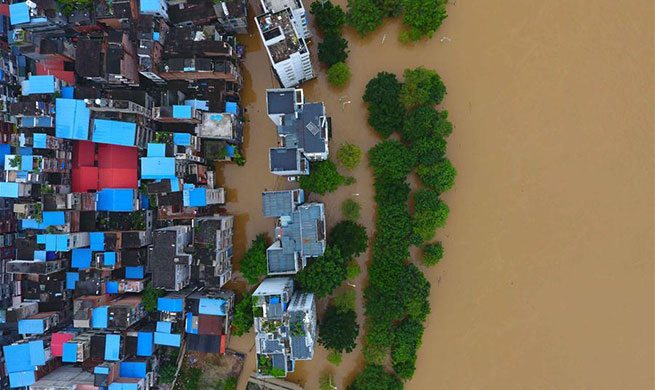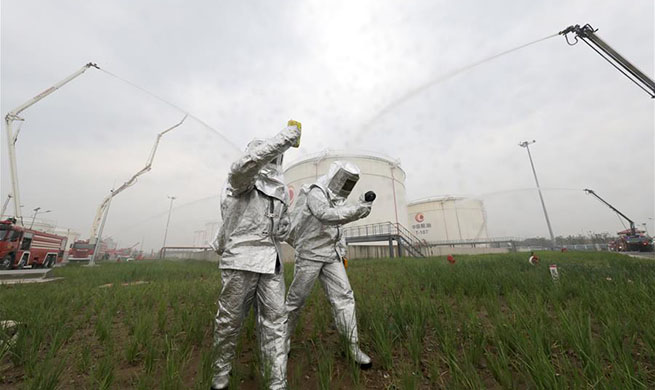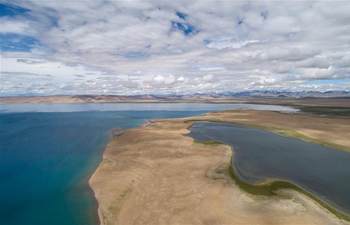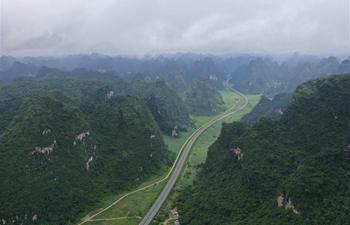TOKYO, July 10 (Xinhua) -- Japan's population has fallen for the 10th straight year to 124.8 million as of Jan. 1 this year, while the ratio of foreign residents topped 2 percent for the first time, government data showed Wednesday.
According to the data released by the internal affairs ministry, the population of Japan dropped 433,239 from a year earlier for 10 consecutive years, the largest decline since the survey started in 1954. The drop has set a record as the largest for five straight years.
Births last year were the lowest since 1979, at about 921,000. The number of newborns was below 1 million for the third year in a row.
The most crowded prefecture was the capital Tokyo, with more than 13.1 million people, followed by Kanagawa and Osaka. The smallest number of residents was in Tottori Prefecture at about 561,000.
Only five of Japan's 47 prefectures saw their population grow -- Tokyo, Saitama, Kanagawa and Chiba, which make up the Tokyo metropolitan area, as well as the southern prefecture of Okinawa.
The population of Tokyo increased by about 70,000, increasing for 23 consecutive years, and Aichi Prefecture turned to decline for the first time since the survey started in 1954. Meanwhile,the figure for the northern prefecture of Hokkaido fell most, by about 39,000.
By municipality, the largest increase was approximately 10,000 in Fukuoka City, and the largest decrease was approximately 6,200 in Kobe City.
Among the country's three largest metropolitan areas, only the Tokyo area saw an increase in population, while the Nagoya and the Osaka areas saw their population decrease.
The total population of the three major metropolitan areas decreased for the first time since 1975. The decline in the Nagoya and Osaka areas outweighed the increase in the Tokyo area, and Tokyo's over-concentration became even more serious.
Some experts pointed out that the major reason of Japan's population decline is that the number of women of child-bearing age is reducing sharply.
Matsutani Akihiko, Professor Emeritus of Japan's National Graduate Institute for Policy Studies, who has studied population issues for 10 consecutive years, told local media that "women in the age of 25 to 39 reduced by 21 percent in the 10 years from 2008."
He added that Japan's population decline is a structural issue, while declining birthrate and the aging trend can not be easily changed by human power, and therefore, the government should take measures.
As for the number of foreigners, those with a residence card topped 2.66 million, exceeding 2 percent of the country's overall population for the first time. The numbers grew in all prefectures.
Tokyo has the largest number of foreign residents at about 550,000, followed by Aichi Prefecture at 250,000 and Osaka Prefecture with 230,000.





